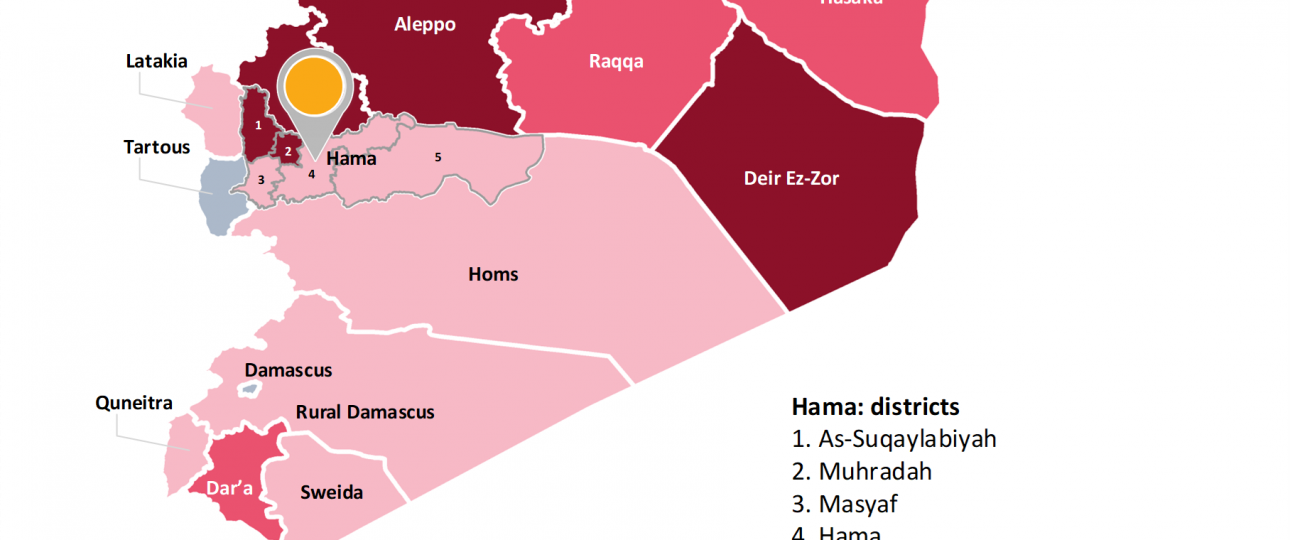The Unique Charm of Hama
Hama, a city in Syria, is a fascinating blend of history and culture. Its most iconic feature is the Norias, large wooden waterwheels along the Orontes River. These ancient structures, some of the largest in the world, have been used for centuries to lift water for irrigation. They are a testament to the city’s rich architectural heritage.
Strolling through Hama, you’ll notice traditional houses made of black basalt stone, with arched doorways and intricate wooden balconies. The vibrant bazaars offer a glimpse into local life, with stalls selling spices, textiles, handicrafts, and traditional sweets.
Nature lovers will appreciate the scenic landscapes surrounding Hama, including the Orontes River. These areas are perfect for a leisurely walk or a picnic by the water.
Best Time to Visit
Visit Hama in spring (March to May) or autumn (September to November) for mild temperatures and fewer crowds. Summers can be extremely hot, while winters are mild with occasional rain.
How to Get There
Traveling to Hama can be challenging due to the ongoing conflict in Syria. The M5 motorway from Damascus is the main route, but travel from Aleppo requires detours to avoid conflict zones. The nearest international airport is in Damascus, about 210 kilometers away. From there, you can hire a taxi or private car.
Hama is connected by train to major Syrian cities, with the railway station conveniently located in the city center. Buses also run regularly from Damascus and other nearby cities.
Local Transportation
Hama is a walkable city, with major attractions like the Norias just a short stroll from the center. Taxis are plentiful and affordable, making them a convenient option for getting around. For a more active experience, consider renting a bicycle. The city has designated bike lanes and a bike-sharing program.
Notable Attractions
1. Hama Waterwheels
The Norias are a must-see. These ancient waterwheels, located along the Orontes River, are a marvel of engineering and continue to operate, except during the dry season when water levels are low.
2. Azem Palace
Located in the old town, Azem Palace is a beautifully restored 18th-century building. Though smaller than its counterpart in Damascus, it offers a glimpse into the opulent lifestyle of the past.
3. Citadel of Hama
While nothing remains of the original castle, the site is a popular picnic spot for locals. It offers views over the city and is a great place to relax and enjoy some ice cream.
4. Great Mosque of Hama
This historic mosque, also known as Al-Masjid al-Jami, is an excellent example of Islamic architecture. Its intricate details and serene atmosphere make it a worthwhile visit.
Practical Tips for Your Trip
- Respect local customs. Dress modestly and be mindful of your behavior, as Hama is a conservative city.
- Try local dishes like stuffed grape leaves, kebabs, and traditional sweets. Don’t miss the felafel at Ali Baba’s near the Cairo Hotel.
- Learn basic Arabic phrases. While English is spoken in some areas, knowing a few phrases can enhance your experience.
- Stay hydrated, especially in the summer months. Carry water and protect yourself from the sun.
- Engage with locals. Hama’s residents are known for their warmth and hospitality.
Hama offers a unique blend of history, culture, and natural beauty. While travel can be challenging due to the ongoing conflict, those who make the journey will find a city rich in tradition and charm.




